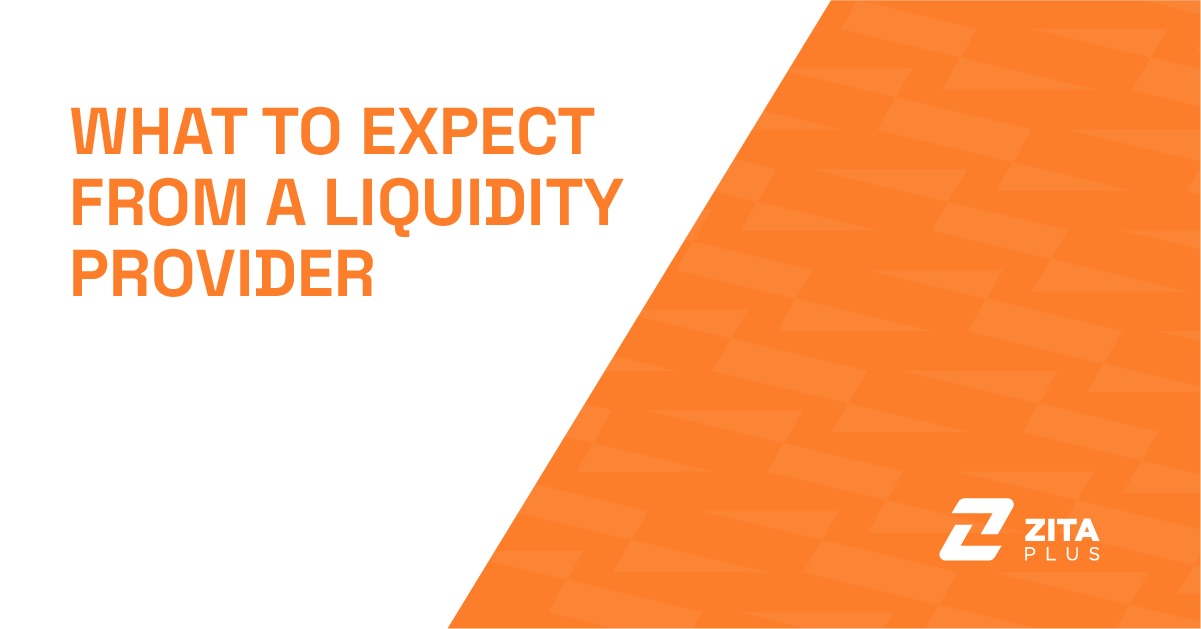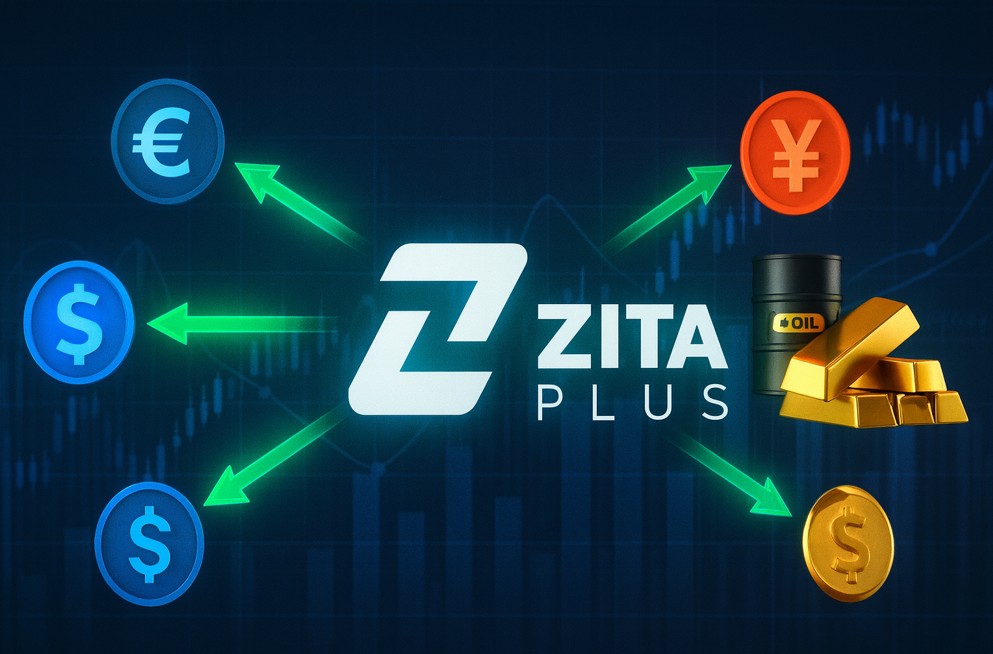
For brokers and financial institutions, liquidity determines how efficiently trades are executed, how stable pricing remains during market swings, and how competitive a firm can be in serving its clients.
The right LP partner gives you market depth, quick execution, and stable pricing even in volatile times. In the trading business, speed and consistency directly impact client satisfaction and profitability. That’s why your liquidity provider plays such an important role for long-term business goals.
Liquidity simply refers to how easily traders can buy or sell an instrument without pushing the price too far in either direction. For brokers, high liquidity ensures tight spreads, minimal slippage, and smoother order execution.
For retail or institutional traders, it means the confidence that their orders will be filled at or near the quoted price, even in volatile conditions.

Liquidity providers act as market counterparties. They create deep order books that other parties can access. This can allow brokers to offer stable pricing even during periods of high volatility, such as central bank announcements or geopolitical events.
LPs are offering continuous bid and ask quotes across multiple assets by pooling prices and orders from Tier-1 banks, hedge funds, and proprietary trading firms.
Direct access to Tier-1 liquidity is typically reserved for institutions with big balance sheets, strong credit ratings, and access to interbank markets. Smaller parties like brokers often cannot meet these capital and credit requirements. This is where the Prime-of-Prime (PoP) model comes in.
A Prime-of-Prime broker gathers liquidity from Tier-1 sources and redistributes it under conditions suited to mid firms. This setup typically involves:
This model makes institutional-grade pricing and execution accessible to retail brokers and their clients.
Liquidity flows through several layers before reaching the global market. Each layer plays a different role in ensuring fair pricing, deep order books, and reliable execution.
Order Flow Path:
Retail Trader → Broker → Prime-of-Prime → Tier-1 Liquidity (Banks, LPs)
The starting point of the chain. Retail traders place buy or sell orders through their platforms. Their orders are usually small in size compared to institutional trades but form a large portion of daily FX and CFD volumes.
A broker serves as the trader’s direct counterparty, handling orders from thousands of clients. Depending on the broker’s model (A-book or B-book), these trades may either be passed into the market or managed internally. To access deeper liquidity, brokers often connect with external providers.
A Prime-of-Prime bridges the gap between smaller brokers and Tier-1 institutions. Since most brokers cannot secure direct relationships with global banks due to capital requirements.
PoPs collect pricing, manage credit risk, and pass on institutional liquidity to brokers on a scale.
The final source of deep liquidity. Tier-1 banks, hedge funds, and non-bank liquidity providers supply pricing and execution for major asset classes. They set the foundation for spreads, depth, and market efficiency. Orders from brokers, through PoPs, are matched here, creating an execution flow for retail traders.

A reliable liquidity provider should deliver deep order books, meaning multiple levels of bid and ask quotes. This depth reduces the chance of slippage and provides brokers with more consistent execution.
Advanced price aggregation technology also ensures competitive spreads across major FX pairs, indices, commodities, and cryptocurrencies.
In high-frequency environments, milliseconds matter. Liquidity providers must operate through low-latency connections and co-located servers near major exchanges and data centers.
This setup minimizes order delays and ensures smooth execution, even during volatile events such as Non-Farm Payrolls or central bank decisions.
When it comes to pricing, clarity is everything. Leading providers offer two simple structures: raw spreads plus commission or markup-based pricing. Both models give brokers a clear view of costs. No hidden charges, no surprises.
Tight spreads and consistent execution reduce trading costs for clients. Even small improvements in slippage or latency can make a big difference for high-volume traders.
Multi-asset liquidity is becoming a standard. A solid provider should cover:
Such variety helps brokers serve different trading interests while keeping risks under control.
Advanced liquidity partners go beyond pricing by providing risk controls such as:
Tools mentioned help brokers keep balance sheets healthy and manage client order flow effectively.
Partnering with a regulated liquidity provider ensures compliance and adds credibility. Brokers benefit from stricter reporting standards and operational transparency. This is especially important when dealing with institutional or corporate clients who demand oversight and accountability.
Here is a fact: Liquidity affects the trading experience and the stability of the business.
A strong liquidity partner helps reduce spreads and slippage in the first place. On the other hand, fast and reliable execution also allows brokers to hedge their risks.
LPs may deliver a different level of depth, technology, or transparency. The right choice is the one that aligns with your business model and supports long-term growth.

ZitaPlus focuses on serving institutional clients, combining regulatory supervision with competitive pricing. The company is licensed by the BVI Financial Services Commission and has a registered representative office in Dubai, UAE.
We deliver transparent, multi-asset liquidity that covers forex, stocks, indices, commodities, and cryptocurrencies. The offer is built on top-tier pricing, deep liquidity access, and tech infrastructure.
Speed, flexibility, and customized solutions matter in financial industry. ZitaPlus provides them with connectivity, technology, and expert support. That enables brokers, asset managers, companies, and traders to manage their trades with confidence.
What is a liquidity provider in trading?
A liquidity provider is an institution or firm that supplies buy and sell quotes, allowing brokers and traders to execute trades quickly and at competitive prices.
Why does liquidity matter for brokers?
Higher liquidity means tighter spreads, faster execution, and reduced slippage, all of which improve client satisfaction and trading outcomes.
What is Prime-of-Prime liquidity?
Prime-of-Prime firms give smaller brokers access to Tier-1 bank and institutional liquidity, bridging the gap for those without direct relationships.
How can I evaluate a liquidity provider?
Look at pricing, depth of liquidity, execution speed, reporting tools, and regulatory standing before partnering.
Does ZitaPlus provide multi-asset liquidity?
Yes. ZitaPlus offers liquidity across forex, stocks, indices, commodities, and cryptocurrencies with competitive pricing and strong infrastructure.
How does market depth affect institutional execution quality?
Market depth shows the number of buy and sell orders at different price levels. A deeper order book allows large trades to be executed with less slippage, which is critical for brokers and funds handling high volumes.
What role does liquidity aggregation play?
Liquidity providers often aggregate feeds from multiple banks, exchanges, and non-bank LPs. This creates tighter spreads and better price continuity, especially during volatile conditions.
Can a liquidity provider help with risk management?
Yes. Beyond pricing, a good LP offers tools like real-time exposure reports, customizable margin structures, and hedging capabilities to help brokers manage institutional risk effectively.
How do LPs handle volatile market events?
Reputable providers have safeguards like circuit breakers, backup pricing streams, and disaster recovery setups to ensure continuity when markets move suddenly or technical issues arise.
What’s the difference between disclosed and undisclosed liquidity?
Disclosed liquidity shows the counterparty (e.g., a specific bank), while undisclosed liquidity keeps counterparties hidden. Depending on strategy, some institutions prefer transparency, while others prioritize speed and depth.
Why are test environments important before onboarding with an LP?
Test environments allow brokers to evaluate spreads, latency, and execution quality in simulated or limited-live conditions before committing real capital and client flows.
Do liquidity providers differ in how they manage toxic flow?
Yes. Some LPs use advanced flow analytics to identify predatory strategies (like latency arbitrage) and protect liquidity pools, while others may simply widen spreads. This can affect execution quality for brokers.
Would like to learn how to look financial markets from a different angle? Then keep reading and invest yourself with ZitaPlus.